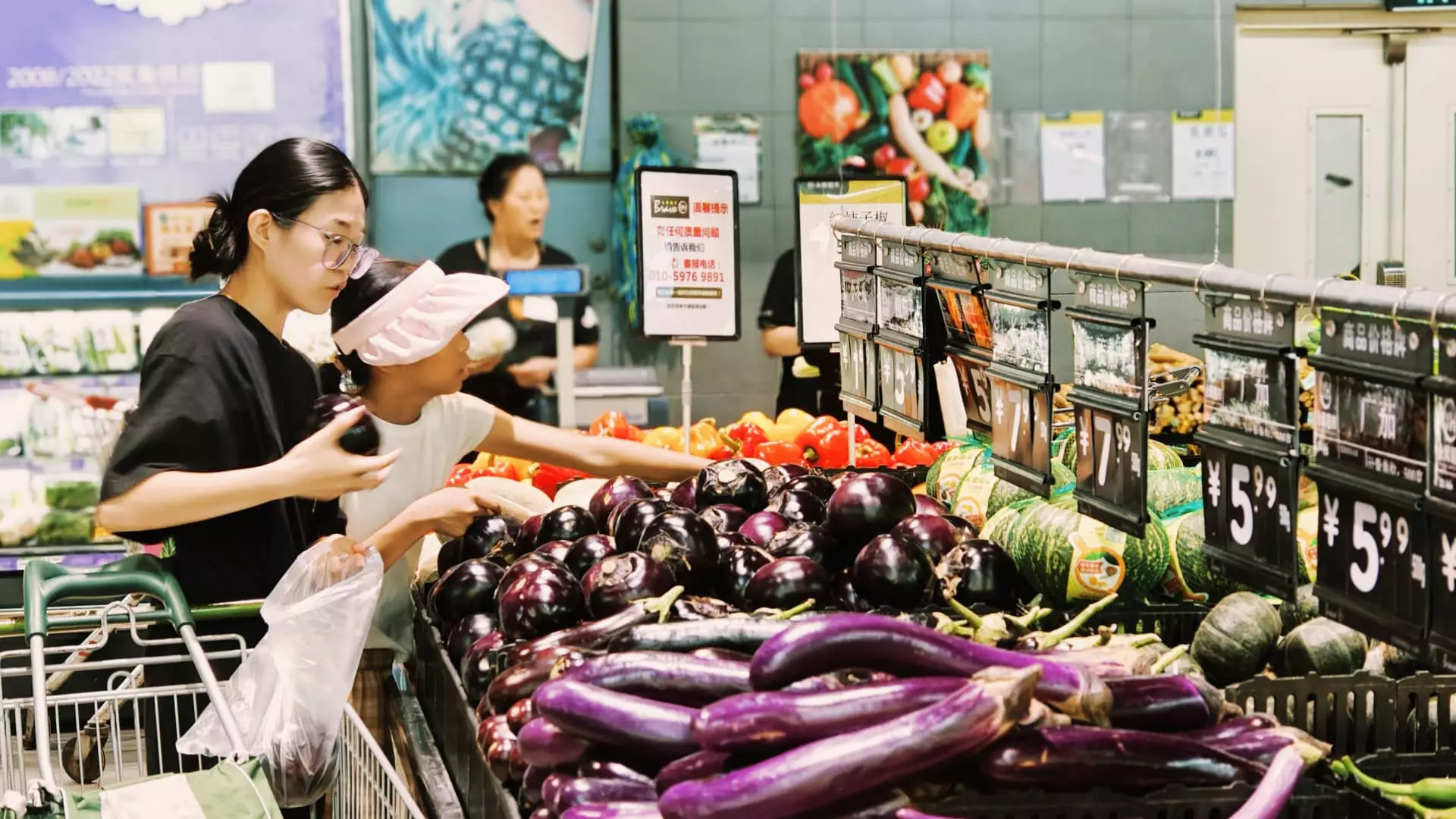China recently reported that its consumer price index rose by 0.6% year on year in August. This figure missed expectations and was lower than the forecasted 0.7% increase. The rise in consumer prices was primarily driven by higher food prices, specifically a significant increase in pork and vegetable prices. However, other sectors such as transportation, home goods, and rents experienced a decline, contributing to the lower-than-expected CPI growth.
One of the key factors influencing the rise in consumer prices in China was the surge in food prices. In August, food prices climbed by 2.8% year on year, marking the first positive print since June 2023. Pork prices saw a significant increase of 16.1%, while vegetable prices climbed by 21.8%. This spike in food prices had a notable impact on the overall CPI growth for the month.
When looking at the core-CPI, which excludes food and energy prices, there was a slower rise of 0.3% in August compared to the previous year. This trend indicates that inflationary pressures in the economy are relatively subdued. China’s former central bank head, Yi Gang, highlighted the need to address “deflationary pressure” during a recent conference. He predicted that the consumer price index would hover slightly above zero by the end of the year, emphasizing the importance of stimulating demand to prevent further deflation.
Despite the slight uptick in consumer prices, retail sales in China have remained lackluster. In July, retail sales only rose by 2.7% from a year ago, reflecting weak domestic demand. The upcoming release of retail sales and industrial data for August will provide further insights into the state of the Chinese economy. It will be crucial to monitor these indicators to assess the impact of consumer price movements on overall economic activity.
In addition to the consumer price index, China also reported a decline in the producer price index by 1.8% year on year in August. This decrease was higher than the estimated 1.4% decline, indicating ongoing challenges in the manufacturing sector. The PPI figures shed light on the pricing dynamics within the supply chain and signal potential risks of deflationary pressures cascading throughout the economy.
China’s recent consumer price index report highlights the complex interplay between various economic factors shaping the country’s inflation landscape. While food prices have surged, other sectors continue to face downward pressure, posing challenges for policymakers in navigating price stability and sustainable growth. As China grapples with deflationary risks and subdued consumer demand, concerted efforts will be needed to bolster economic resilience and foster a more balanced recovery.

